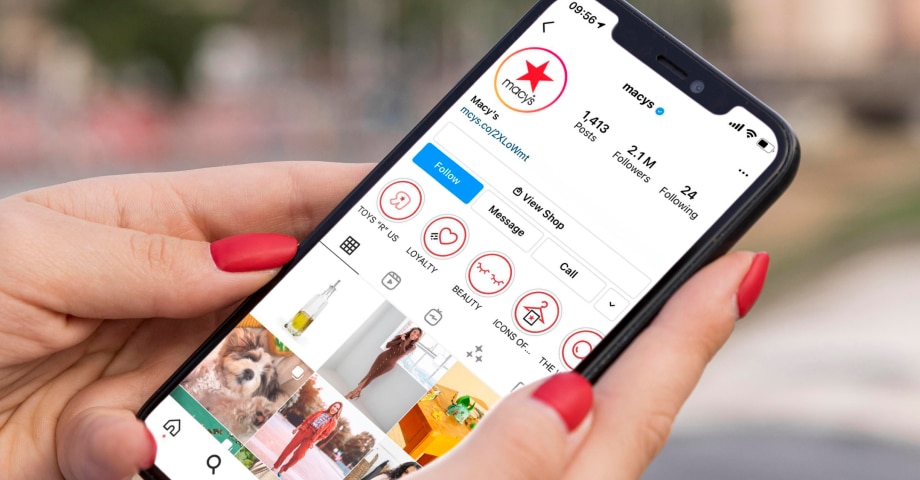Around the world, Instagram-friendly locations are at their breaking factor. In November, the Jackson Hole Travel & Tourism Board brought a marketing campaign encouraging visitors to “tag responsibly,” using a geotag for the area instead of unique places within the park. It becomes an attempt to lessen the over-tourism the board says has resulted from Instagram. Meanwhile, a countrywide park in Australia has had to support a 5-foot fence to deter traffic from climbing onto the risky Wedding Cake Rock to snap a famous but risky shot. Locals like Paris, Amsterdam, and Barcelona are protesting rapidly growing rents driven by using calls for Airbnb and streets crowded with aspiring influencers.
 With over a thousand million active monthly users, it’s clear that Instagram has the power to shape how we journey. According to a survey using Expedia, 30 percent of Americans are encouraged or stimulated by social media when reserving a ride, and a vacation spot’s image potential is a vital consideration. Average social media customers feel pressured to go to the same hotspots as their favored influencers and mirror that sun-soaking wet, pastel aesthetic in return for validation in the shape of likes and fans. Unfortunately, for many vacationers, the quest for the maximum Insta-friendly photograph frequently wins out over exploring a city on their terms.
With over a thousand million active monthly users, it’s clear that Instagram has the power to shape how we journey. According to a survey using Expedia, 30 percent of Americans are encouraged or stimulated by social media when reserving a ride, and a vacation spot’s image potential is a vital consideration. Average social media customers feel pressured to go to the same hotspots as their favored influencers and mirror that sun-soaking wet, pastel aesthetic in return for validation in the shape of likes and fans. Unfortunately, for many vacationers, the quest for the maximum Insta-friendly photograph frequently wins out over exploring a city on their terms.
To make topics worse, journey media, on Instagram and typically, has historically been dominated using wealthy white human beings with little knowledge of the locations and cultures they’re posting about. This resulted in incorrect information about a country’s humans and history and disrespectful interactions as ‘actual’ stories.
“I see such a lot of journey Instagrammers do the equal factor: submit a stunning image with a first-rate filter out on the suitable heritage, however, nothing else. Then top it off with a useless existence quote with nothing to do with the USA,” says Cuban-American content material writer Marissa Daniela of @mimaincuba, who aims to share the reality of life in Cuba with her account’s 21k followers. The attraction of those sorts of conventional travel debts is no marvel; aspirational escapism is a massive part of Instagram’s success.
And, all isn’t always misplaced. “We are seeing developing hobby amongst tourists in an accountable and sustainable journey,” says Rebekah Stewart, Communications & Outreach Manager at The Center for Responsible Travel (CREST). CREST defines sustainable tourism as: “tourism that leads to the management of all sources in this way that economic, social, and aesthetic desires may be fulfilled while preserving cultural integrity, critical ecological techniques, organic diversity, and lifestyles-aid systems.”
Millennials, specifically, are ways much more likely to be sustainably minded than their older cohorts. In addition, millennial vacationers are “lively, adventurous, connected and socially aware and need to interact with places they care about; they want to give again,” keeping with Sustainable Travel International.
There’s also a new wave of influencers looking to trade the norms. Popular debts like @unlikelyhikers and @blackgirlstraveltoo are cognizant of highlighting the diversity of vacationers around the sector, sharing insider recommendations, and respecting the environment and indigenous cultures to prove that Instagram can be a wonderful influence on how we experience surprising places. Unsurprisingly, this focus on sustainability is driven by girls, human beings of shade, queer human beings, and different companies that have historically been excluded from tourism.











